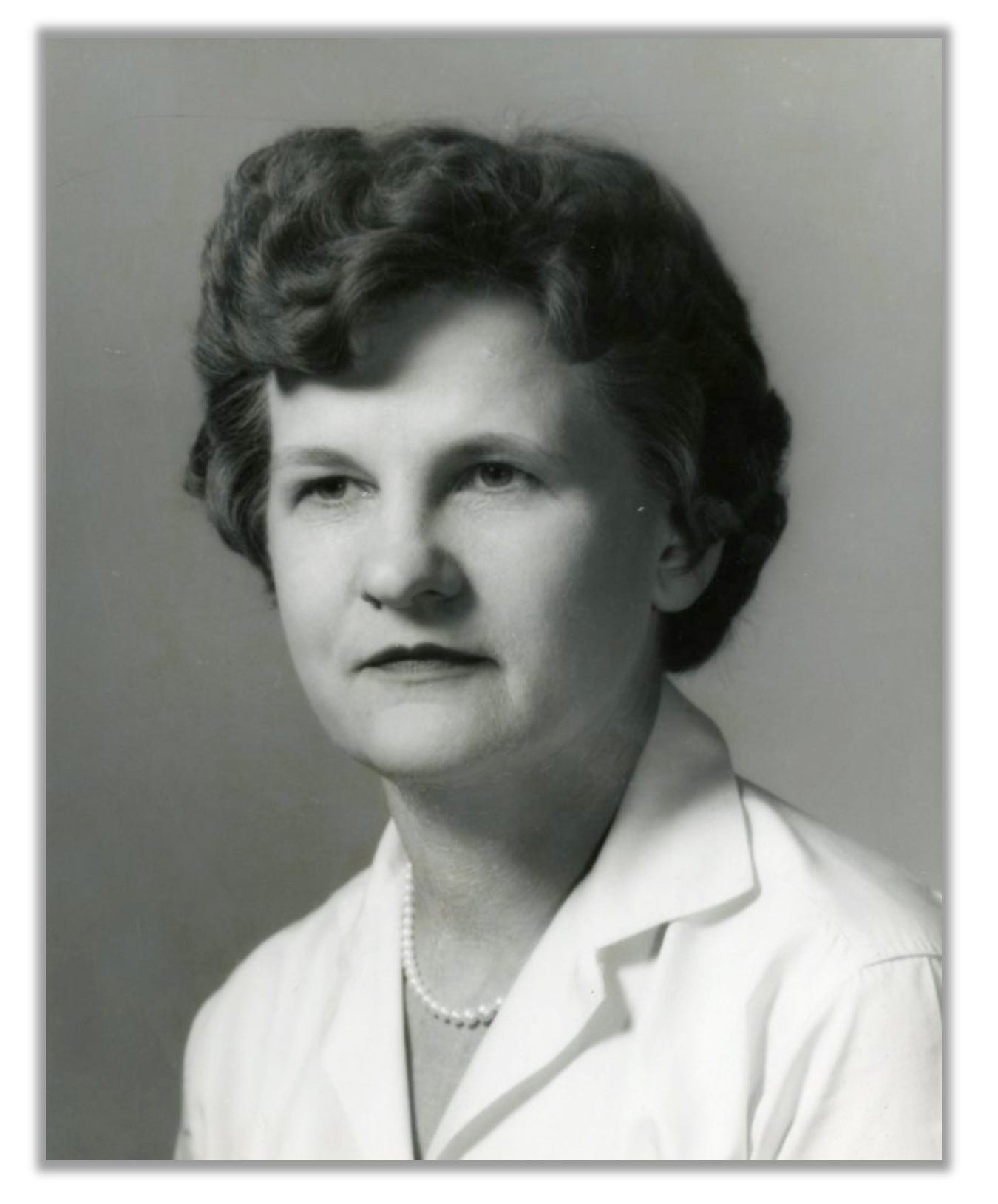TDIH: The Queen of Cotton
Benerito’s parents believed in the power of education. “My father always told me, ‘An education is something that can never be taken from you,’” she explained.
On this day in 1916, a future scientist is born. Ruth Rogan Benerito would become a chemist and an inventor at a time when women simply weren’t supposed to do that sort of thing. Her discoveries led to many things that modern Americans take for granted.
She is best known for developing wrinkle-resistant cotton, a discovery that also enabled flame and stain-resistant cotton. Some call her the “woman who saved the cotton industry.”
It all began with Benerito’s parents, who believed in the power of education. “My father always told me, ‘An education is something that can never be taken from you,’” she explained.
Unsurprisingly, then, Benerito was enrolled in college by the time she was 15 years old. She attended the H. Sophie Newcomb Memorial College—a women’s college at Tulane. She was one of only two women allowed to take chemistry classes on the main Tulane campus.
“We took it with the engineers, and they didn’t like it one bit,” she later joked.
The years that followed were difficult because of the Great Depression. Her education continued, but she was also working as a high school teacher. She even worked as a driver safety instructor—at a time when she did not know how to drive! She got her B.S., an M.S, and her PhD. She married Frank Benerito, and she worked as a professor. By the early 1950s, she was working at the USDA. The Korean War had opened opportunities for scientists in government.
One early project had her develop a method of giving wounded soldiers fat emulsion through an IV. It was high calorie nutrition that proved particularly helpful to those who were badly wounded and would need long-term care.
But she is best known for her later work on cotton. Synthetic fabrics were then threatening to take over the market: They were easier to care for and didn’t require constant ironing, as cotton did.
The molecular structure of cotton doesn’t naturally lend itself to non-wrinkled clothing. It’s composed of long chains of cellulose molecules, held together by hydrogen bonds. Unfortunately, those hydrogen bonds break easily. Benerito developed a way to make the bonds stronger.
“It’s sort of like when a woman gets her hair in a permanent wave,” Benerito explained. “You have to take these long chains and cross-link them, connecting the two chains in a specific arrangement.”
Ultimately, her discovery enabled other compounds to also be cross-linked, which is how stain-resistant and fire-resistant fabrics were created.
“Everybody that knew her and worked with her just loved her because she was just so technically competent and so gracious,” one of her peers at the USDA said. “She’s one of the most brilliant people I’ve ever met,” one of her fellow professors would later add.
Benerito received multiple awards for her work during her lifetime, including the Lemelson-MIT Lifetime Achievement Award. She was inducted into the National Inventors Hall of Fame. Nevertheless, she remained modest about her contributions.
“I don’t like it to be said that I invented wash-wear,” she said, “because there were any number of people working on it, and there are various processes by which you give cotton those properties. No one person discovered it or was responsible for it. But I contributed to new processes of doing it.”
Either way, Benerito’s contributions remain one thread through the big tapestry of our country’s heritage of hard work, perseverance, discovery—and success. She passed away about a decade ago, at the age of 97. An American life, well-lived.
Sources can always be found on my website, here.



With 3 granddaughters, I really enjoyed this one. I like to share story's of strong successful women with them!
What an inspiring story! This lady contributed to making ironing mostly obsolete. I hated spending so much time pressing clothing. I never knew who invented this most remarkable cotton material. Now I do thanks to you, Tara. She used her talents and education well and it benefited lots of lives.